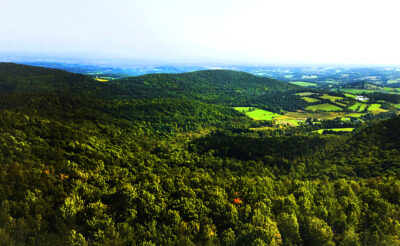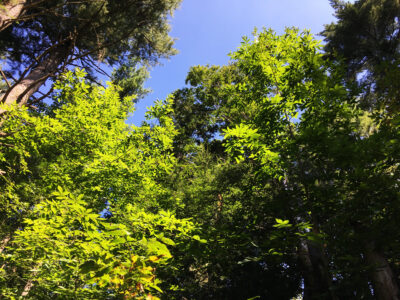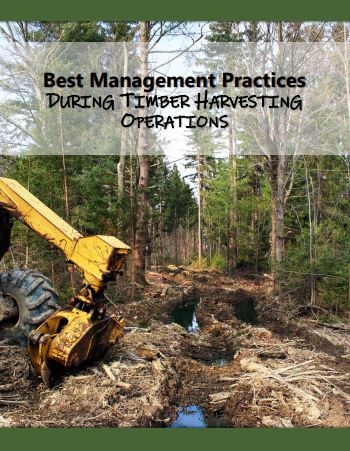Forest Management Guide Background
In 1997, Chemung County SWCD in partnership with a large group of contributors developed a Forestry BMP guide to address erosion concerns during timber activities. The printed guide was targeted to private landowners, timber harvesters, consulting foresters and municipal officials in Chemung County, NY. The booklet was used by community members throughout the county to improve soil management in harvesting projects, and even by some municipalities to develop logging guidance, from timber harvesting rules to ordinances. Despite its usefulness, after 23 years, the age of the material coupled with no digital copy available, made an update necessary. With funding provided by FLLOWPA, Chemung County SWCD spearheaded an update to the guide in 2019.
Guide Update
The guide update was developed through a partnership of Chemung County SWCD, Schuyler County Cornell Cooperative Extension, and the USC, and began with a review of the original booklet and digitization of the booklet text. Updates included a streamlining of the format, reorganization of the chapters, addition of timber harvest sales contracts guidance, and the broadening of the booklet scope to include the region rather than just Chemung County. Several BMPs were added and several were removed to better match their current use in the region. Updates to most of the BMP drawings, as well as several photos were provided courtesy of the Watershed Ag Council from their 2018 New York State Forestry Voluntary Best Management Practices for Water Quality.
Forest Management is Important
Nearly two-thirds of New York is covered by more than eighteen million acres of forest, most of which is privately owned. At the 2018 inaugural “Forestry Summit” in Binghamton state officials reported that the forest industry contributes $23.5 billion dollars annually to New York’s economy, making it one the state’s largest industries. Additionally, our forests provide benefits that extend far beyond their economic value and are a driver of numerous other industries including tourism and recreation.
Our forests are a renewable resource that, if managed well, will provide these benefits for generations to come. Active management of private woodlands is more important than ever before to counter the growing number of threats to maintaining healthy and productive forests. These threats include: exotic forest pests; invasive forest plants; excessive selective browsing of seedlings by deer; extreme weather events; accelerated natural mortality in the increasingly mature current forest; and the short-sighted forestry practice known as “high-grading” where the best trees are removed and “poordoers” of significantly lower quality and potential are left.
Similar to weeding a garden, periodic timber harvests are part of an active management program to sustain forest values. There are several key considerations to ensuring a positive outcome from a harvest: careful planning; professional assistance; a sound contract; and the diligent use of timber harvesting “Best Management Practices” (BMPs) designed to protect water quality through the concurrent protection of healthy forests and soils.
Forest Management Resources
Independent consulting foresters are available throughout New York to act as the woodland owner’s expert agent in successfully executing these steps. Although consulting foresters will charge for their services, this cost is often repaid multiple times over by having their expertise involved in the sale and execution of the harvest. Visit the NYS Department of Environmental Conservation’s website (dec.ny.gov) and search for “Cooperating Foresters” to find local consulting foresters.
This guide was developed to outline practical, sensible and feasible BMPs designed specifically to protect water quality when harvesting timber. Clean water is essential to our economy and quality of life, providing water for: drinking and bathing; agriculture, commercial and industrial uses; and fisheries and wildlife habitat. These water resources also provide opportunities for recreation, education, research and aesthetic appreciation. Healthy forests contribute to summer temperature moderation and provide reliable base flows for our streams and rivers.
Click the following to view the .pdf of the full guide,
Or contact Chemung County SWCD for a printed copy of the guide at $3 each.
Project Partners
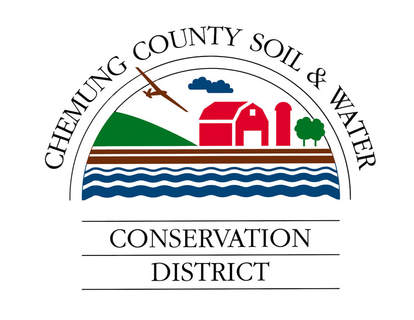
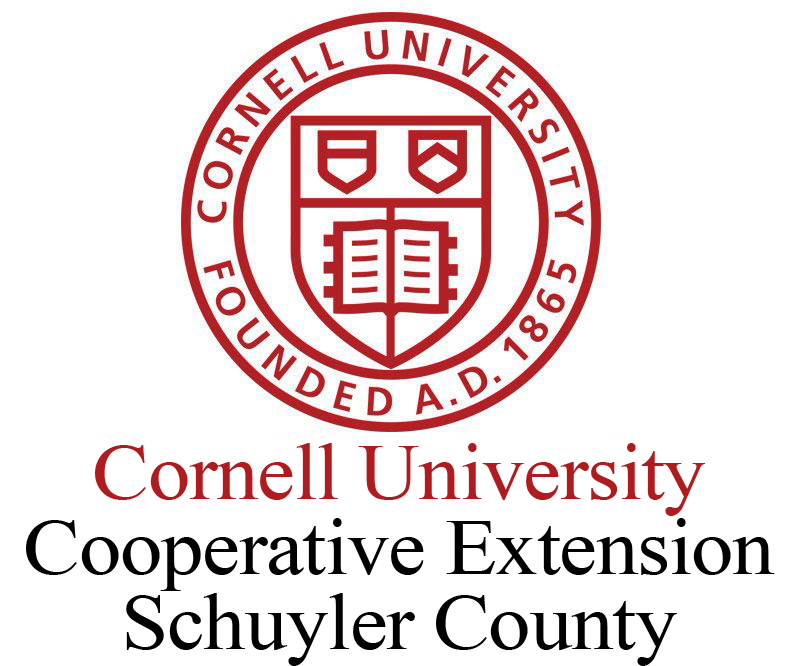
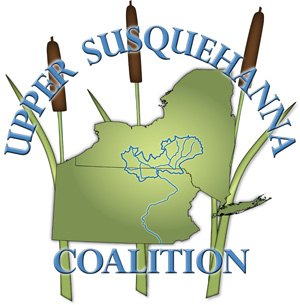
This Booklet Includes
Nonpoint Source Pollution
Harvest Planning
Identifying Sensitive Areas
Forest Roads and Skid Trails
Stream Crossings
Soil Stabilization
Timber Harvest Sales Contracts
and reviews a wide range of BMPs that should be reviewed in different site conditions
Cornell Cooperative Extension’s Master Forest Owner Program: https://blogs.cornell.edu/ccemfo/
Chesapeake Bay Program Forestry Workgroup: https://www.chesapeakebay.net/who/group/forestry_workgroup
ESF website on Forestry Best Management Practices: https://www.esf.edu/pubprog/forestmanage/
NYS DEC website on private forest management: https://www.dec.ny.gov/lands/4972.html
Private Forest Management, Find a Forester: https://woodproducts.ny.gov/assistance-forest-owners-0
North Carolina Forest Service Manual on Best Management Practices: https://www.ncforestservice.gov/water_quality/bmp_manual.htm


